When you first encounter the Supercool Pedals Triniphase, you might not expect its design inspiration to come from the iconic Sony Trinitron television and the retro-futuristic allure of cassette culture. This fusion of vintage tech vibes with modern sonic innovation manifests not just in aesthetics but in the pedal’s groundbreaking RGB button control scheme—a novel approach that reshapes how guitarists interact with analog phase modulation. As a seasoned guitarist and gear analyst, I’ve spent countless hours dissecting modulation pedals, and the Triniphase stands out as a remarkable blend of technical mastery and creative potential in the realm of phase shifter pedals.
Key Takeaways
- Understanding the analog phase modulation architecture behind the Triniphase: Enables readers to grasp how the pedal shapes tone at the circuit level
- Insight into the unique RGB button control scheme and its sonic possibilities: Helps users creatively manipulate phase effects beyond traditional controls
- Comparison of vintage and modern phase effects replicated by the pedal: Provides context for the pedal’s versatility and design philosophy
The Analog Heart: Exploring the Triniphase’s Circuitry and Phase Modulation
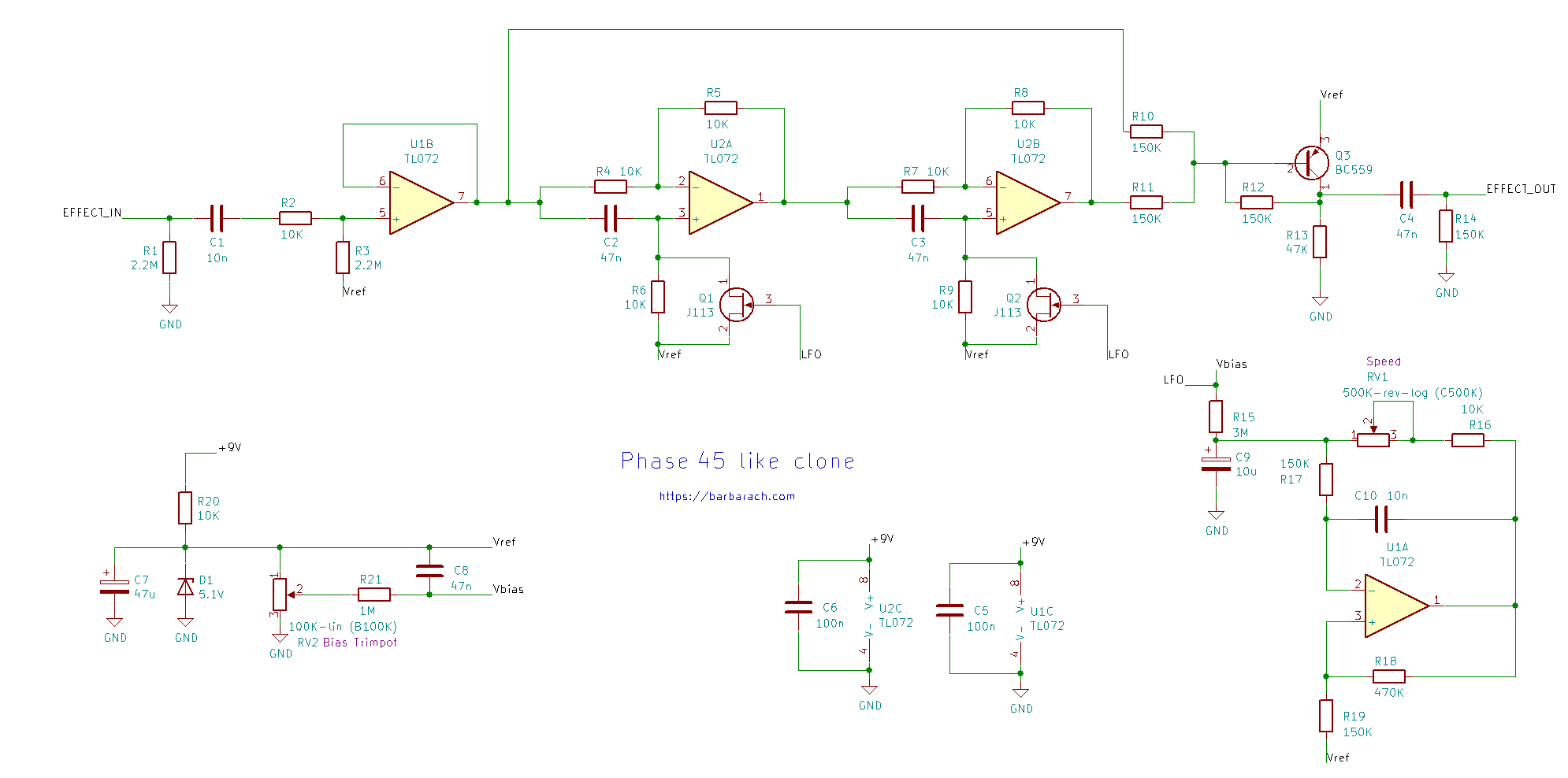
The essence of the Supercool Pedals Triniphase lies in its all-analog signal path, which is the beating heart of its rich, textured phase shifter pedal sound. Analog phase modulation works by splitting and delaying the guitar signal through multiple all-pass filters, causing certain frequencies to shift in phase relative to others, which creates that characteristic swirling, sweeping effect. Think of it as tossing a stone into a still pond: the ripples interact, overlap, and create complex waves that ebb and flow—this is precisely how the Triniphase sculpts its tone.
Within the Triniphase, you’ll find options for both 4-stage and 8-stage phase effects. The 4-stage setting delivers a classic, warm sweep reminiscent of vintage phase effects from the ’70s, offering subtle movement and a creamy texture. Flip the switch to 8-stage, and the sound becomes more pronounced and intricate, with a thicker, more hypnotic swirl that can transform a simple chord into a dynamic soundscape.
Adding to the pedal’s versatility are the multiple LFO (Low-Frequency Oscillator) modes that control the speed and shape of the phase sweep. These LFOs modulate the phase shift rate, which directly impacts the motion of the effect. Whether you prefer a slow, dreamy undulation or a rapid, choppy pulse, the Triniphase’s LFO modes provide a broad palette. For those interested in exploring a variety of classic and modern phaser tones beyond the Triniphase, this comprehensive guide to the best phaser pedals of 2025 offers invaluable insights and comparisons that can inspire your modulation journey.
The RESO (Resonance) and RATE knobs are critical for dialing in your ideal phase tone. RESO adjusts the feedback in the circuit, which enhances the intensity and peak of the phase sweep, while RATE controls the speed of the LFO, dictating how quickly the phase cycles through its modulation.

In-depth tutorial on modulation basics including phaser effects
RGB Controls: A Revolutionary Interface for Sonic Exploration
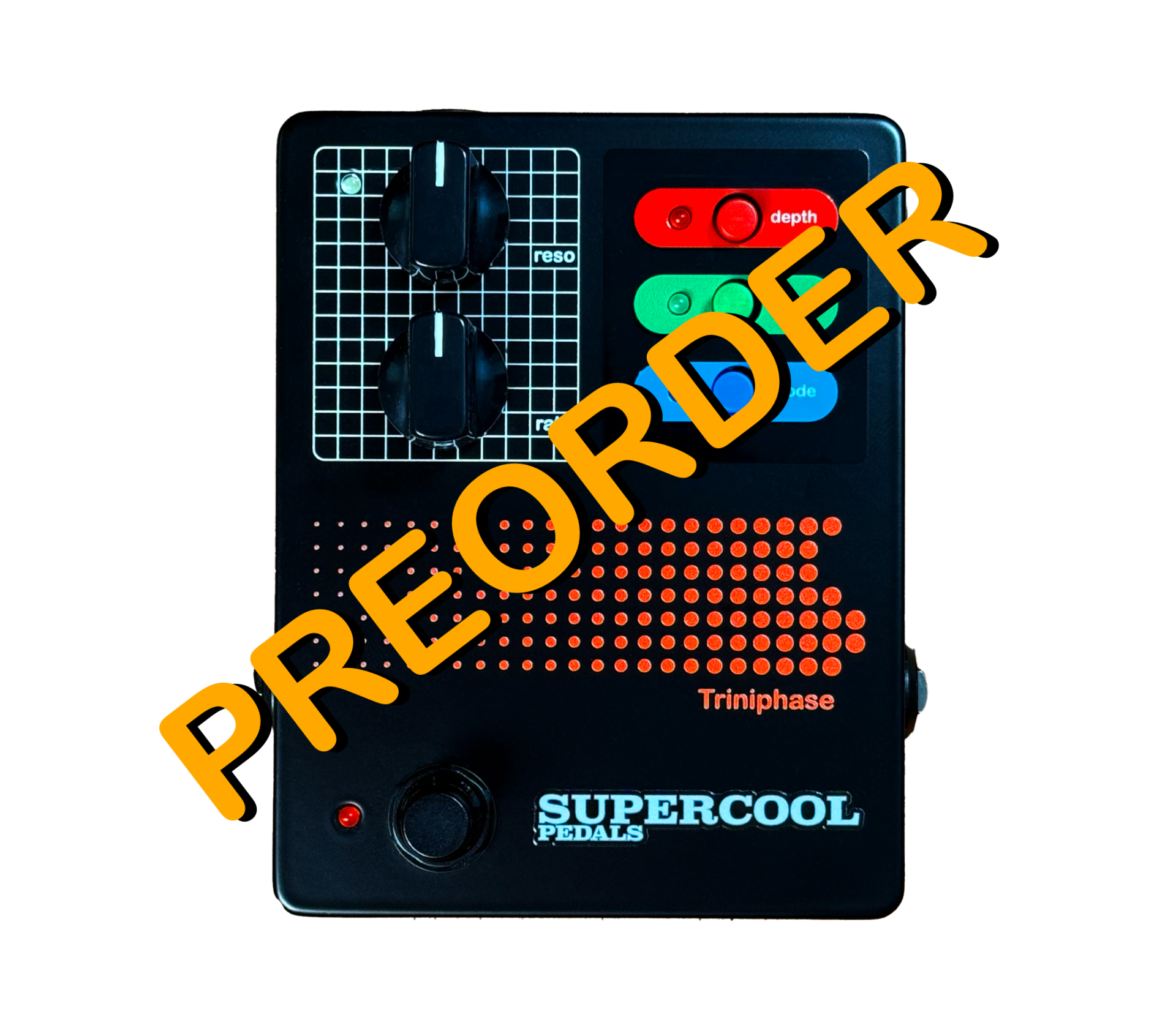
One of the most compelling innovations in the Triniphase is its RGB button control scheme, which departs from the traditional knob-based interface found on most guitar modulation pedals. Instead of twisting dials, players interact with three vibrant RGB buttons that mix colors to manipulate the pedal’s phase and pitch modulation parameters in real time. This tactile design invites a more intuitive and expressive approach to shaping sound.
Imagine the RGB buttons as a painter’s palette, where blending red, green, and blue light creates a spectrum of sonic hues. Each color corresponds to different modulation elements—phase depth, pitch shift intensity, and waveform shape—allowing you to craft complex textures simply by pressing and combining buttons. This method unlocks sonic possibilities that are difficult to achieve with conventional controls, including smooth transitions between phase and pitch effects and hybrid modulations that add a new dimension to your tone.
Compared to typical phase shifter pedals that rely on static knobs, the RGB interface encourages experimentation and spontaneity. It’s like having a modulation instrument within your pedalboard, where color mixing directly correlates to sound sculpting, making the creative process more engaging and visually rewarding. For those eager to explore this innovative design further, Supercool Pedals releases “The Triniphase” – Premier Guitar offers an in-depth look at how this revolutionary interface redefines sonic exploration.
Exploring RGB Controls in Modulation Pedals
From Vintage Vibes to Modern Modulation: The Triniphase’s Sonic Palette
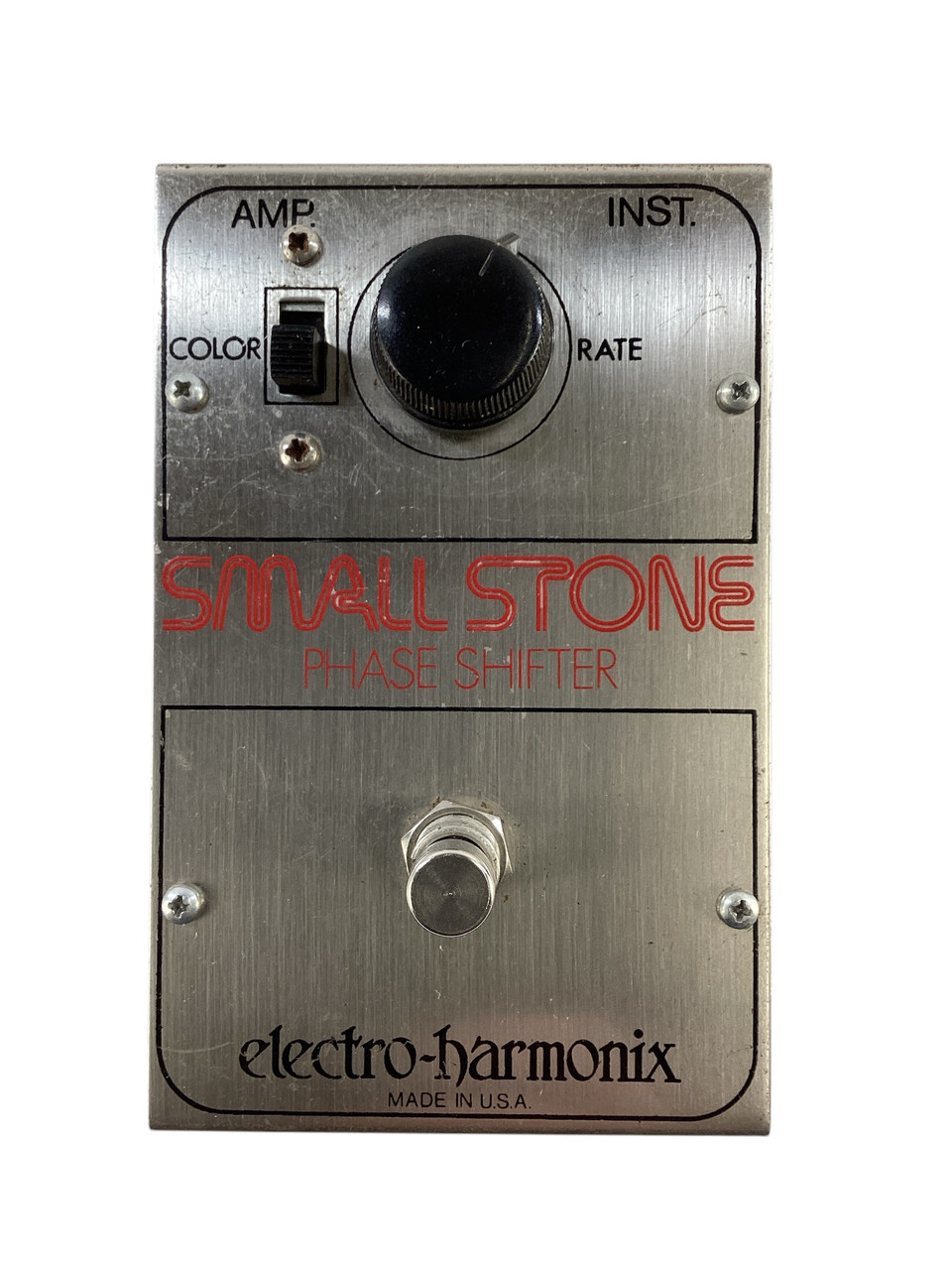
The Triniphase doesn’t just replicate vintage phase effects; it expands on them, offering a sonic palette that spans classic and contemporary modulation sounds. At its core, the pedal faithfully recreates the warm, swooshing character of classic 4-stage phase shifters, evoking the lush tones heard on countless recordings from the late ’60s and ’70s. For those curious about the evolution and iconic moments that defined this modulation style, the history of the phaser pedal provides a comprehensive guide to these legendary sonic milestones.
Beyond that, the pedal’s rotary-style univibe oscillation mode channels the subtle, pulsating vibe of a rotary speaker cabinet, delivering manic vibratos that add a lively, organic feel to your playing. This mode is perfect for those seeking that signature psychedelic swirl without the bulk and complexity of a physical rotary rig.
Perhaps most intriguingly, the Triniphase features a phase-based pitch shift mode that blends phase modulation with subtle pitch alterations, producing formant-like vocal effects. This is a rare capability in guitar modulation pedals, offering a fresh, expressive tool for creative sound design.
The pedal’s ability to blend vintage warmth with modern versatility makes it a standout in the crowded market of guitar modulation pedals. It’s like tuning a vintage radio dial, where each station offers a different era and style of modulation—from classic phasing to cutting-edge pitch effects—giving you endless inspiration.
Exploring vintage Roland Jet Phaser guitar effects
Design and Build: The Triniphase’s Aesthetic and Practical Features
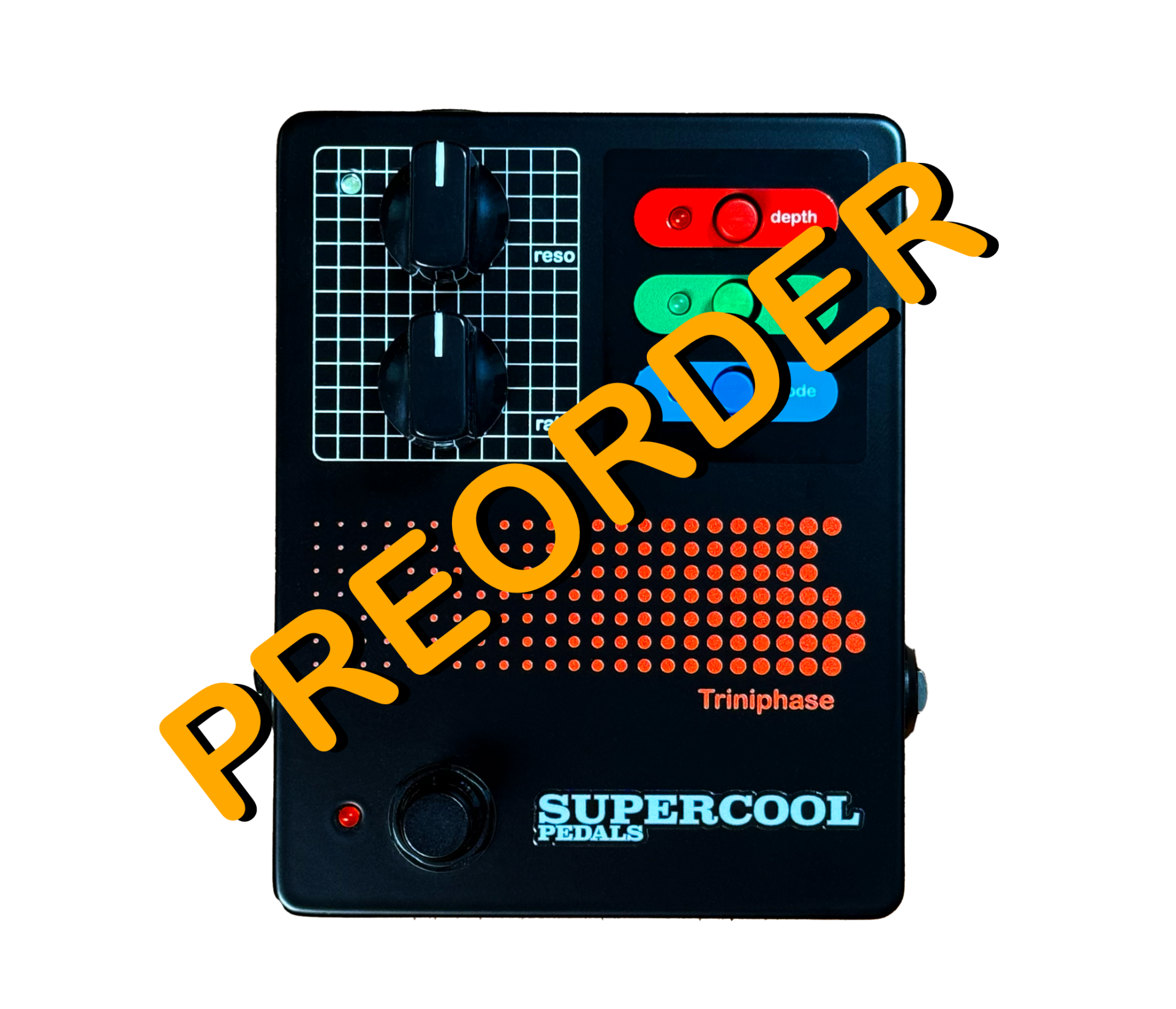
The Triniphase’s design pays homage to the Sony Trinitron’s iconic legacy and the retro-futuristic aesthetics of cassette culture, blending nostalgia with forward-thinking style. Its sleek enclosure features a subtle nod to vintage television sets, embodying a timeless appeal that complements its sonic innovation.
Beyond looks, the pedal is built for reliability and ease of use. It employs True Bypass switching to ensure your tone remains pristine when the effect is disengaged, a must-have feature for serious guitarists who demand signal integrity. The pedal runs on a standard 9V DC power supply, making it compatible with most pedalboards without adding complexity.
Crafted and assembled in Canada, the Triniphase reflects Supercool Pedals’ commitment to quality and attention to detail. The robust build and thoughtfully designed layout make it a practical addition to any rig, balancing aesthetics with functionality. For those interested in exploring the full specs or considering a purchase, Supercool Pedals The Triniphase – B’s Music Shop offers a detailed overview and purchasing options.
Availability and Value: Getting Your Hands on the Triniphase
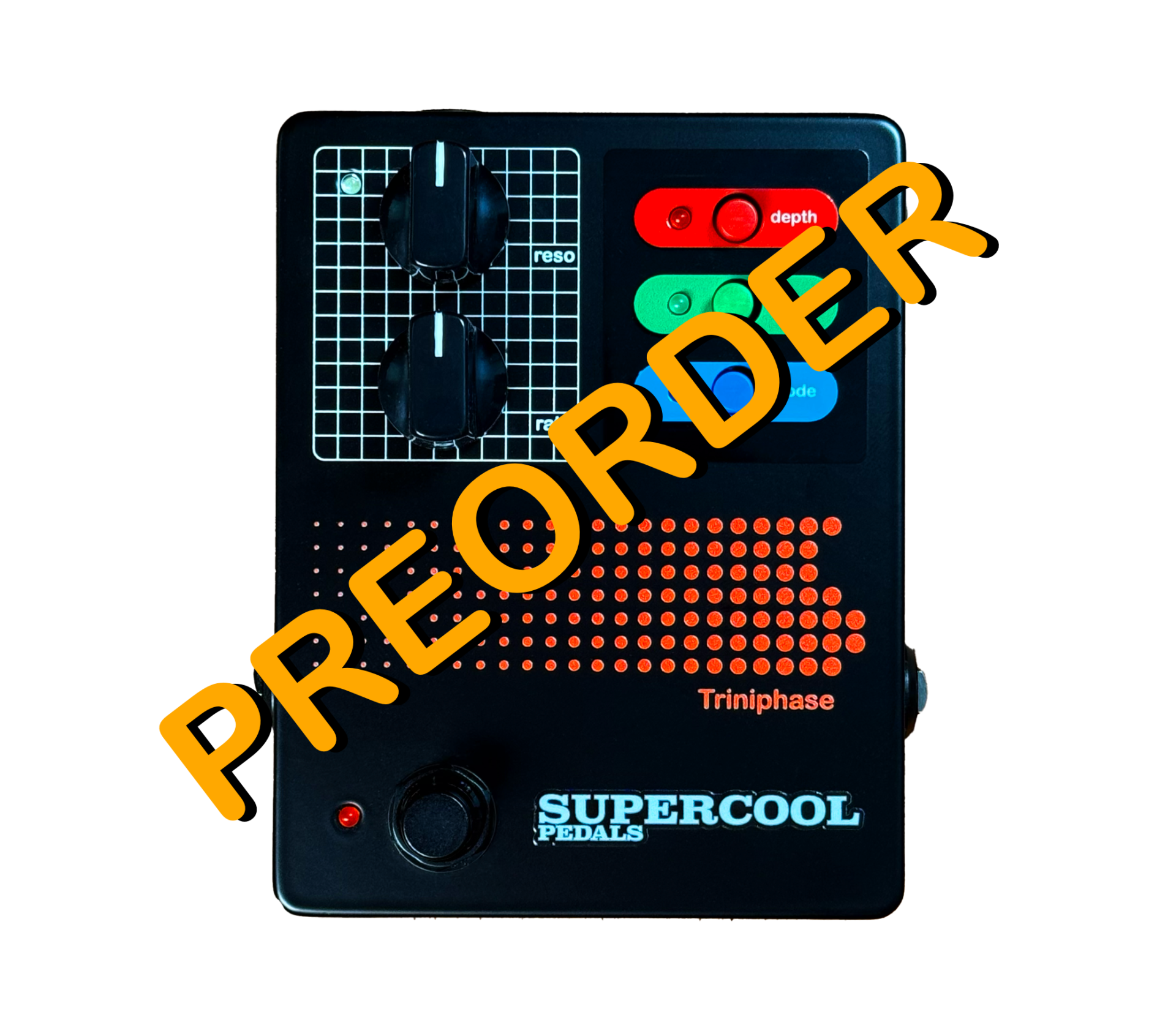
Priced at $219 USD, the Supercool Pedals Triniphase offers exceptional value for guitarists seeking a versatile, high-quality analog phase shifter pedal. It stands as the tenth pedal in Supercool’s lineup, showcasing the brand’s evolution and dedication to innovative effects design.
You can purchase the Triniphase directly from Supercool Pedals’ official site or through select retailers specializing in boutique guitar gear. Compared to competitors, it offers a unique blend of analog circuitry and revolutionary RGB controls at a competitive price point, making it a compelling choice for intermediate and advanced players.
The Road Ahead
The Supercool Pedals Triniphase is more than just another phase shifter pedal—it’s a thoughtful reimagining of analog phase modulation that combines technical excellence with creative innovation. Its unique analog circuitry, coupled with the revolutionary RGB control scheme, offers guitarists a fresh, versatile tool for shaping tone and exploring new sonic territories.
As modulation pedals continue to evolve, the Triniphase sets a precedent for how traditional analog effects can be enhanced with inventive interfaces and expanded functionality. For serious guitarists and gear enthusiasts, it represents both a nod to the rich history of vintage phase effects and a bold step into the future of guitar modulation.
Ready to push your tone into uncharted realms? Experiment with the Triniphase in your rig and discover the endless possibilities unlocked by its RGB controls. What new sonic territories could you explore with the Triniphase’s RGB controls? Share your thoughts below!